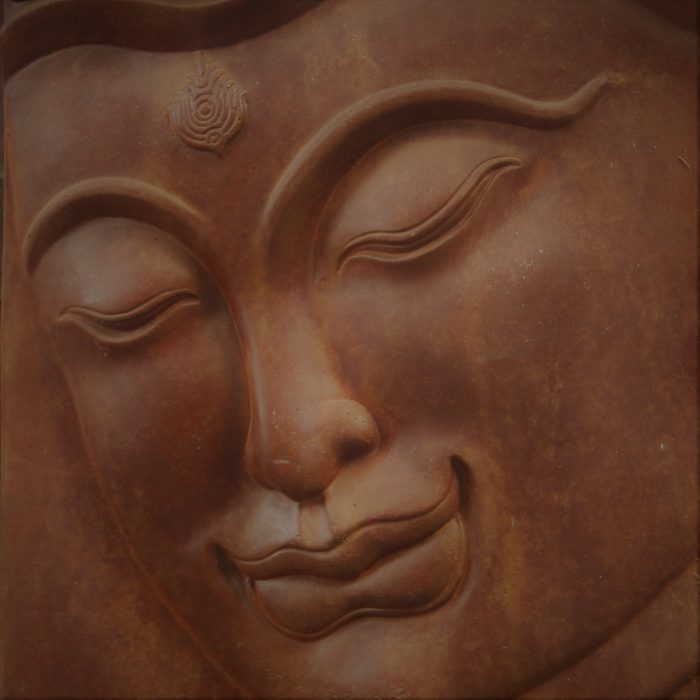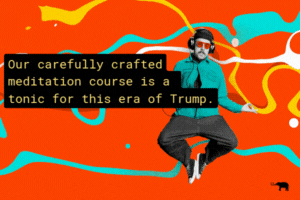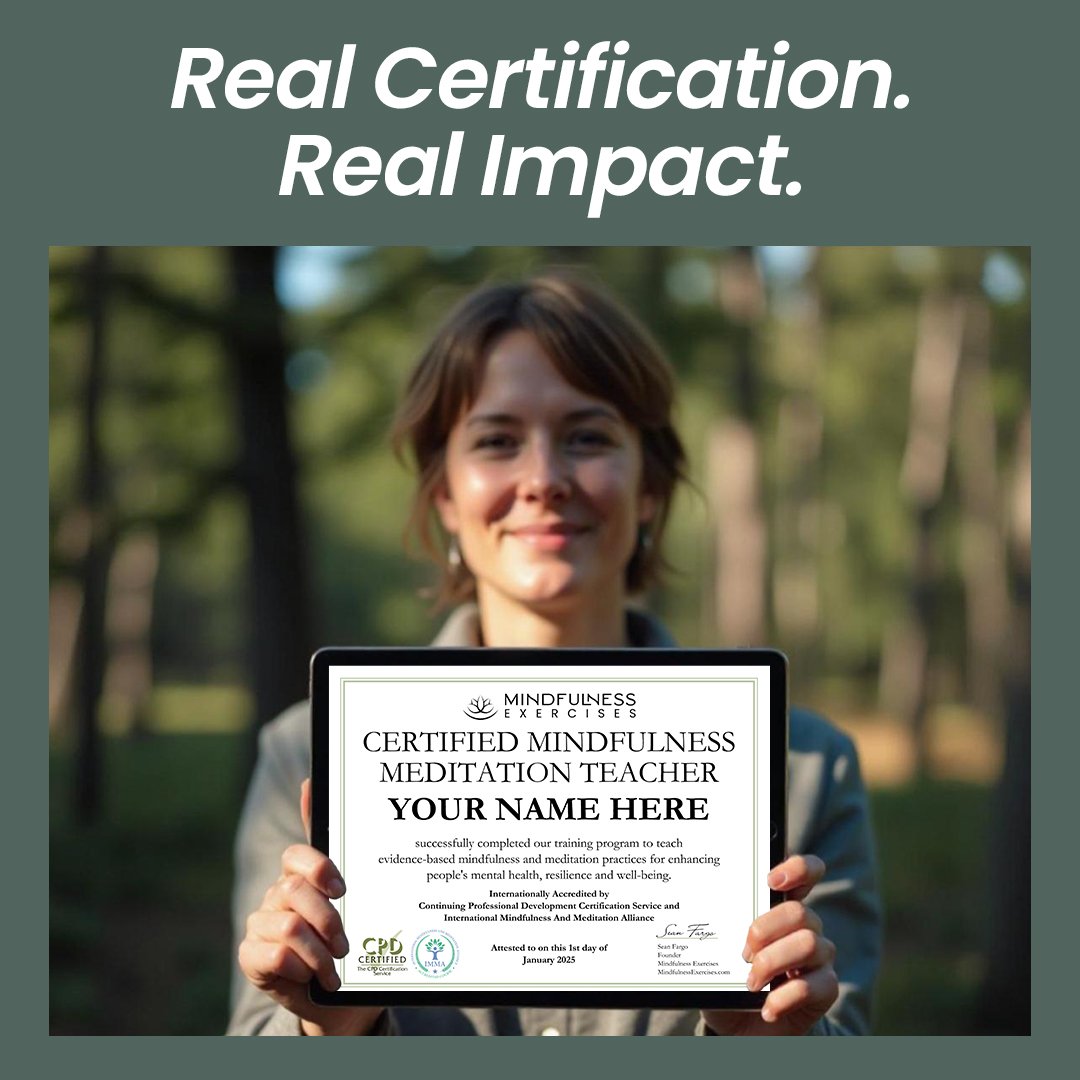

When We Merge Feeling and Awareness
What happens when we merge our feelings and awareness, and what are the conditions that make this possible? I’m thankful for the practice of Kum Nye, because it offers a very practical gateway into a non-dual way of being in the world.
The answer is simple, and yet, really understanding this process and practice might require some unraveling of the way we conceptualize and organize our inner and outer realities. It seems that we will keep rubbing up against a view of life that has held our attention seemingly forever. And, it seems to us that no other view is truly possible.
We are for example not keen to drop the importance of our stories and opinions about the nature of our inner world, the outer characters who inspire or inflict, and we are not so keen to touch the intensities and densities of our inner world. So endlessly, we bounce away from an ever-present, and uncomplicated truth that applies to each and every one of us.
Kum Nye is all about feelings, and this is intimidating, isn’t it? Because, we are all aware that there is a dimension of feeling that seem to overwhelm or betray us. We can ‘fall in love’, and feel despair when the other person doesn’t reciprocate. We can feel intense anger when someone crosses our boundary, or even disagrees with our political opinion, intense jealousy when our partner flirts, anguish when a loved one dies. Desire and appetite betray us, and we are prone to addiction based on the good feeling a substance or behavior or process provides us.
Where, in all of this, is the way out? For those who have practiced Kum Nye, maybe our initial response is that we begin to feel calmer and clearer, and our inner world seems to settle down a bit. As we progress, we might even begin to taste relaxation, and finally, we might experience the merging of feeling, breath, and awareness.
When we do, we might be aware that subject and object drop away. There is only experience, and nothing between. This merging brings with it an expansion and a joyfulness. The Tibetans call this spontaneous liberation or say that feelings ‘self-liberate’. This expansion and joyfulness is quite familiar to most of us, it is what we feel when we heal, or make whole something that we have judged or held separate from us.
So, then, what is the process? I see these necessary steps: First that we begin to acknowledge our inner sensory world without the usual labeling of good or bad, acceptable or unacceptable feelings, and enter into the sensory flow of moment to moment experiencing. Another aspect of this approach is that we first notice, and then move past the judgments that we hold about our moment to moment experience. This is a huge challenge for the mind that constantly evaluates our experience, and senses something must be wrong with free floating experience. Judgment traps feelings, stops the intelligent flow of energy through the body, and forms the densities and intensities that are so troublesome for us.
I don’t think we need to start with our deepest pain, or our most intense anxiety, to begin to experience the self-liberation of feeling. In fact, to do so might just create an uncomfortable dilemma for us.
So we start with the simplest of sensation, notice our evaluative mind, step even briefly beyond, and taste the experience of self-liberating feeling. As we learn to repeat, we gain confidence that there is no feeling that won’t self-liberate, giving us a boost of energy, insight, and self-compassion.
Don McGinnis teaches Kum Nye online and in classes on Salt Spring Island. Connect at info@movingpresence.center or at movingpresence.center
Browse Front PageShare Your IdeaComments
Read Elephant’s Best Articles of the Week here.
Readers voted with your hearts, comments, views, and shares:
Click here to see which Writers & Issues Won.




